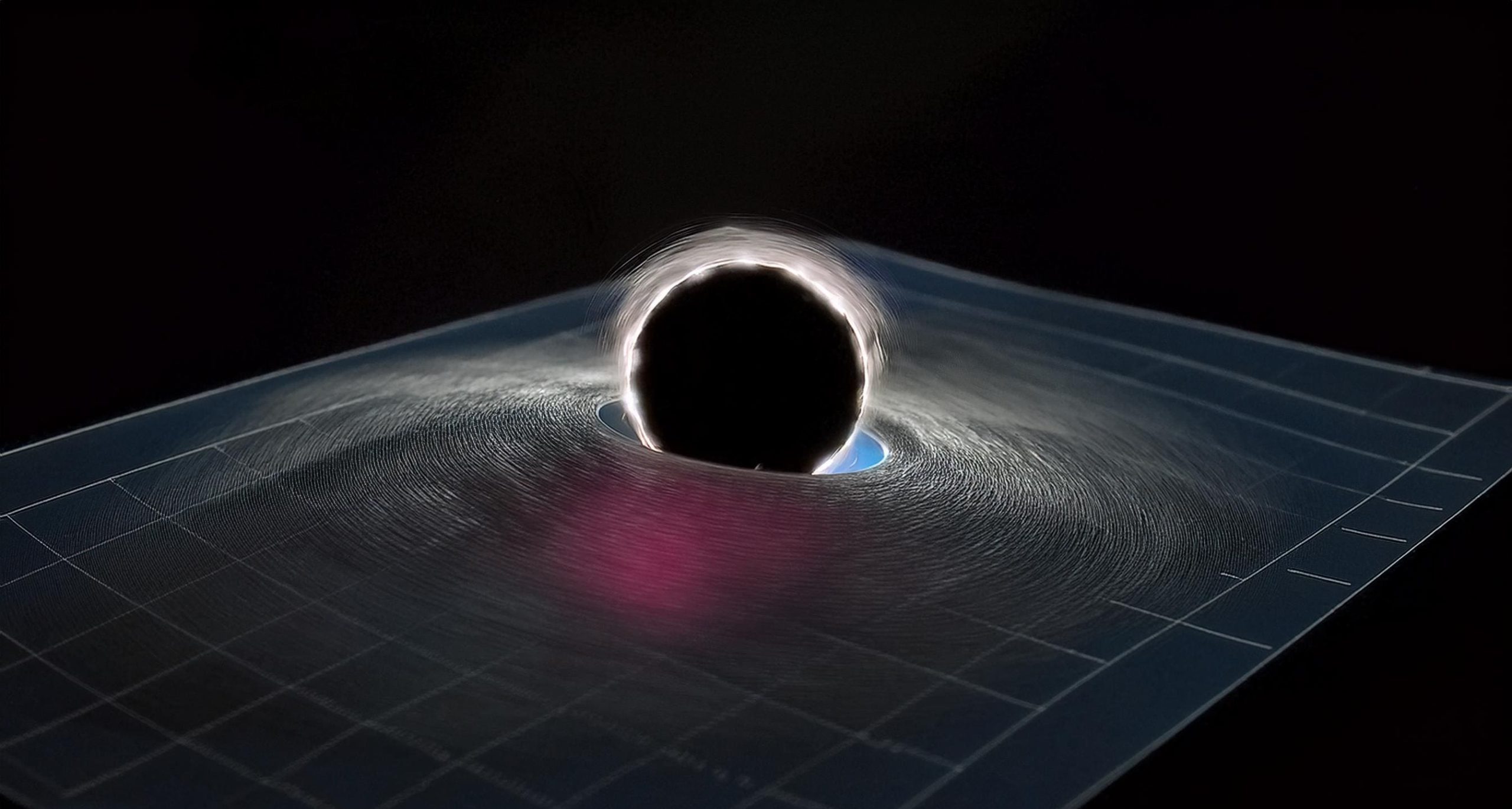By mimicking a black hole’s event horizon, physicists observe Hawking radiation in an exciting lab experiment.
TL;DR
A group of physicists has simulated a black hole’s event horizon using a single-file chain of atoms, resulting in the detection of a thermal-like Hawking radiation. This experiment could help reconcile two major but conflicting scientific frameworks: general relativity and quantum mechanics. The analog system produced results that support the existence of Hawking radiation, but only under specific conditions. Although it doesn’t fully explain quantum gravity, the experiment provides a controlled environment for studying these phenomena further.
Have a great reading!
__________
A new type of black hole analog might offer insights into an elusive form of radiation theoretically emitted by actual black holes.
By simulating a black hole’s event horizon using a single-file chain of atoms, a group of physicists has detected the equivalent of Hawking radiation—particles generated from disruptions in quantum fluctuations caused by the black hole’s disturbance in spacetime.
The researchers suggest this could help bridge the gap between two currently incompatible frameworks for explaining the Universe: the general theory of relativity, which explains gravity as a continuous spacetime field, and quantum mechanics, which describes particle behavior through probability.
For a comprehensive theory of quantum gravity that applies universally, these two conflicting theories must somehow find a way to work together.
This is where black holes come into play—perhaps the most peculiar and extreme objects in the Universe. These massive entities are so dense that, beyond a certain distance from their center of mass, no speed in the Universe, not even the speed of light, can escape.
This boundary, which varies based on the black hole’s mass, is known as the event horizon. Once anything crosses this line, we can only speculate about its fate, as nothing escapes to provide information. However, in 1974, Stephen Hawking proposed that quantum fluctuations disrupted by the event horizon could lead to radiation resembling thermal radiation.
If Hawking radiation does exist, it is currently too weak for us to detect. It’s possible we may never be able to separate it from the Universe’s background noise. But by creating black hole analogs in the lab, we can study its properties.
This has been done before, but a team led by Lotte Mertens from the University of Amsterdam in the Netherlands has made a new breakthrough.
The team used a one-dimensional chain of atoms, allowing electrons to ‘hop’ from one position to another. By adjusting the likelihood of these hops, they were able to create conditions where certain properties disappeared, effectively generating an event horizon that interfered with the electrons’ wave-like behavior.
The resulting effect caused a temperature increase that aligned with theoretical predictions for a comparable black hole system, according to the team, but only when part of the chain extended beyond the event horizon.
This finding could suggest that the entanglement of particles across the event horizon plays a key role in producing Hawking radiation.
The simulated Hawking radiation only appeared as thermal within a specific range of hop amplitudes and under conditions that began by simulating flat spacetime. This implies that Hawking radiation might only be thermal in certain scenarios, especially when gravity causes changes in the curvature of spacetime.
While it’s not clear what this means for quantum gravity, the model provides a method to study Hawking radiation in a controlled environment, free from the chaotic conditions surrounding actual black hole formation. And because of its simplicity, the model can be used in various experimental setups, the researchers noted.
“This can pave the way for studying fundamental quantum-mechanical concepts alongside gravity and curved spacetime in different condensed matter systems,” the researchers wrote.
The research has been published in Physical Review Research.
